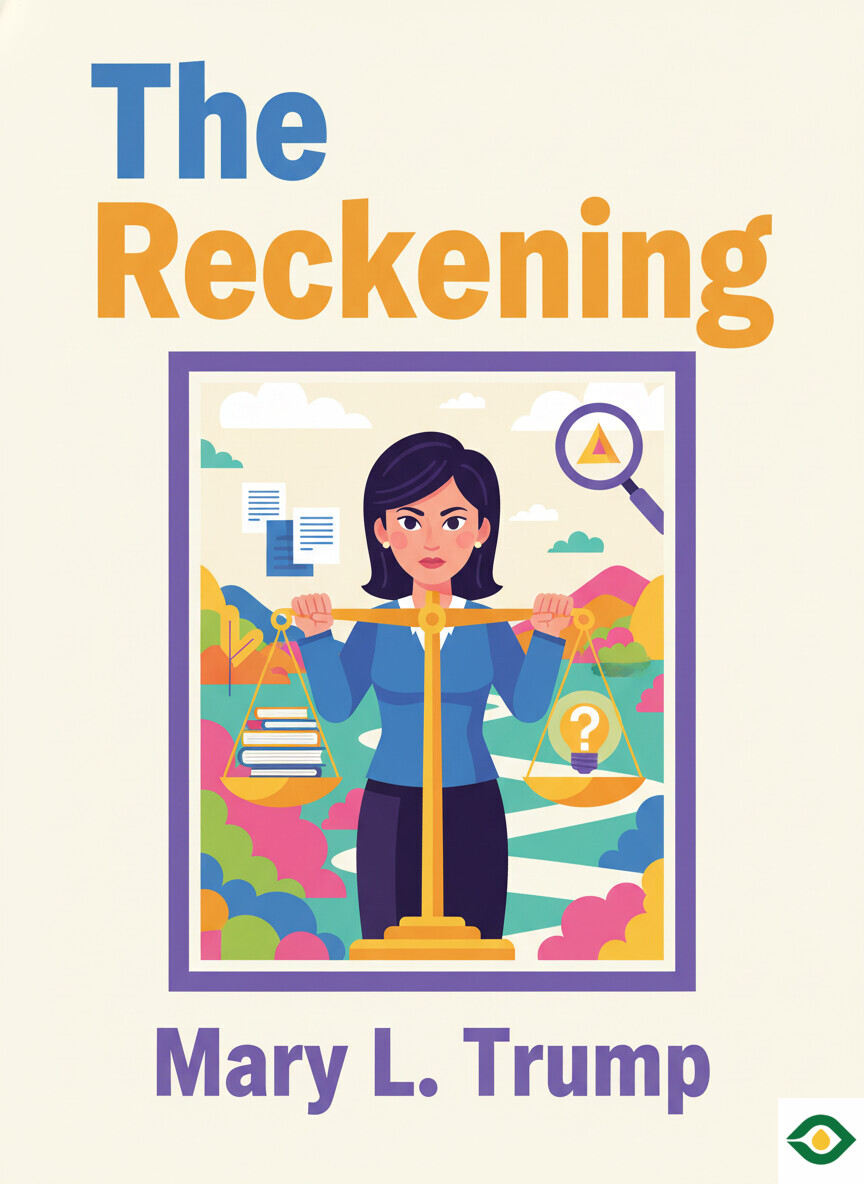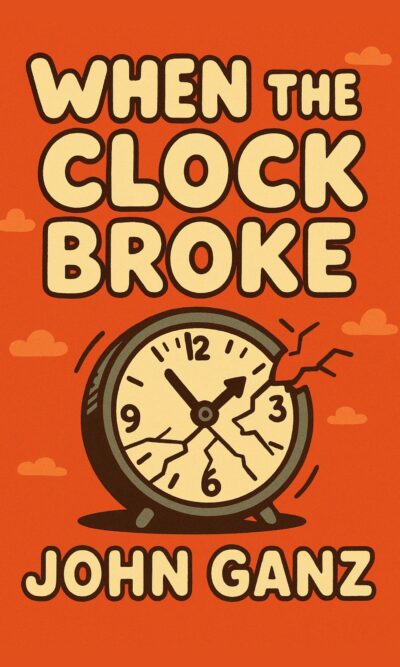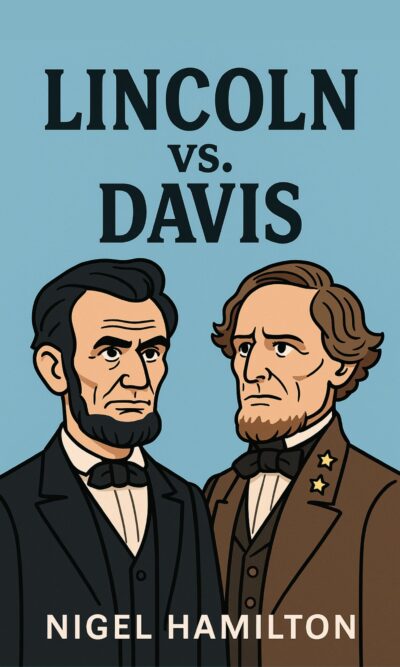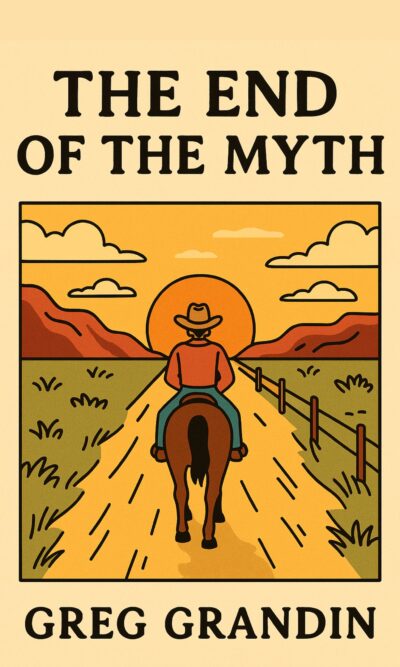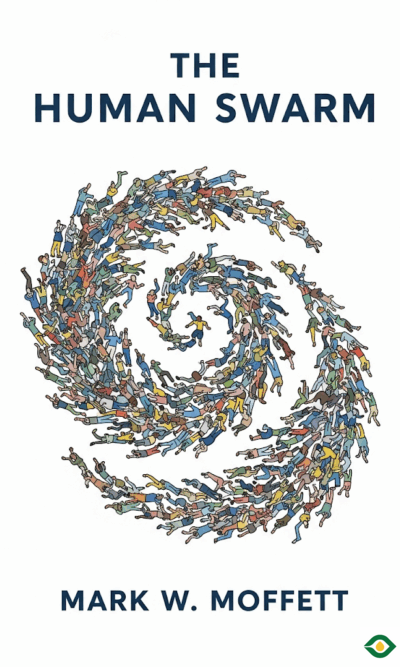Description
This book looks at the United States as a nation living with deep, unhealed wounds. It asks how we reached our current moment and what we can do to move forward. The central idea is simple: trauma that is not faced does not disappear. It spreads through families, communities, and institutions. It turns into myths, denial, and anger. When a country refuses to tell itself the truth about its past, that country repeats the same injuries in the present. Healing begins when we name the harm, accept responsibility, and act with courage to make real change.
The story starts after the Civil War, when freedom for formerly enslaved people should have brought equal rights. The Constitution was amended. On paper, liberty expanded. In practice, many states built new barriers. Voting was blocked through taxes and sham tests. “Black Codes” turned everyday life into a trap, feeding people into forced labor. Lynch mobs terrorized whole towns. Segregation became law, and it lasted for generations. These were not random tragedies. They were a system. The message was clear: white supremacy would survive the end of slavery by other means.
Because of this, the nation learned bad habits about truth and memory. Too often, we celebrated the pleasing story and hid the ugly one. Monuments praised men who fought to keep people enslaved. Schools and civic spaces honored traitors as if they were heroes. The country also learned to spare powerful people from consequences. Presidents and elites who abused power were cushioned by pardons, polite forgetfulness, or claims that “moving on” served the common good. Each time, a silent permission slip was signed for the next abuse.
This pattern set the stage for a crisis in our own time. A president came to office making grand promises and plain falsehoods. He treated honesty as weakness and cruelty as strength. He elevated loyalists over experts and attacked institutions that limit power. Harmful policies followed: a sweeping ban that targeted people from Muslim-majority countries, tax changes that favored the very wealthy, and a border strategy that separated children from their parents. The relationship with reality eroded further during a global pandemic, when public health guidance was mocked or ignored. In a disaster that demanded trust and competence, the country got confusion and loss.
But the book keeps reminding us: none of this began in 2016. Present pain grows from past roots. Racial violence and exclusion shaped where people could live, what schools they could attend, and what wealth they could build. When Black communities succeeded, violence often followed, as in Tulsa in 1921, where a thriving district was destroyed and its people killed or driven out. After World War II, benefits that helped many white veterans buy homes and earn degrees were often blocked for Black veterans. Banks and governments drew lines on maps to fence out Black families and starve neighborhoods of investment. Highways ripped through communities of color, leaving noise, pollution, and sickness behind.
There is also the quiet weight that trauma leaves in the body and mind. The book borrows the idea that harmful experiences can echo across generations. People who were brutalized could not simply start fresh the next day. Their children and grandchildren grew up with fewer resources and more daily dangers. This does not mean anyone is doomed. It means we must understand how pain repeats itself unless we stop it. Without this understanding, we will keep misreading symptoms as personal failure instead of seeing them as signs of systemic harm.
If the problem is long and layered, the answer must be steady and brave. The book argues for accountability, because healthy systems punish wrongdoing fairly, even when the wrongdoer is powerful. After the 2020 election, lies about fraud stoked anger and fear. On January 6, 2021, a mob attacked the Capitol to stop a lawful transfer of power. Some leaders fueled the fire, then tried to wash their hands of it. A path toward healing requires the opposite: telling the truth about what happened, defending voting rights, and applying the law to everyone, no matter their office or rank.
Repair also means material change. It is not enough to say “we are all equal.” If past policies stole wealth, safety, and opportunity, present policies must restore them. The book discusses ideas often grouped under the word “reparations.” People disagree about the form such repair should take. The key point here is moral clarity: if harm was done through policy, then policy should be used to repair that harm. That might involve investments in housing, education, health care, and community ownership. It might mean returning land or opening doors that were long locked. Real repair is practical, measurable, and aimed at closing gaps that were created on purpose.
Culture matters too. We need a truthful national story that makes space for everyone. That means teaching hard history without flinching, retiring honors for men who fought to deny human rights, and lifting up those who struggled for a more perfect union. It means learning to separate pride from myth. A strong country can admit failure without collapsing. In fact, honest memory is a strength. It allows citizens to trust one another because they share the same facts. Trust makes progress possible.
The book also calls for empathy joined to action. Empathy alone can turn into empty sentiment. Action without empathy can become punishment for its own sake. Together, they form a healthy response to wrongdoing. Empathy notices pain and listens. Action fixes what can be fixed and deters future harm. This combination is vital in policing, in courts, in schools, and in health systems. It is how institutions rebuild legitimacy after they have lost it.
In the end, the message is not despair. It is a warning and an invitation. The warning is that history does not move toward justice by itself. The invitation is that people can choose differently. Citizens can vote, protest, organize, and demand fair rules. Leaders can tell the truth, accept limits, and face consequences when they fail. Communities can build new habits of care and accountability. If we do these things, the country can begin to heal. If we refuse, we will keep reliving the same injuries under new names.
This book asks us to pick the harder path now so that future generations can live with less fear and more freedom. It asks us to trade denial for honesty, silence for memory, and comfort for responsibility. It is, at heart, a call to grow up as a nation: to face what we have done, to repair what we can, and to build a future that finally matches our highest words.

